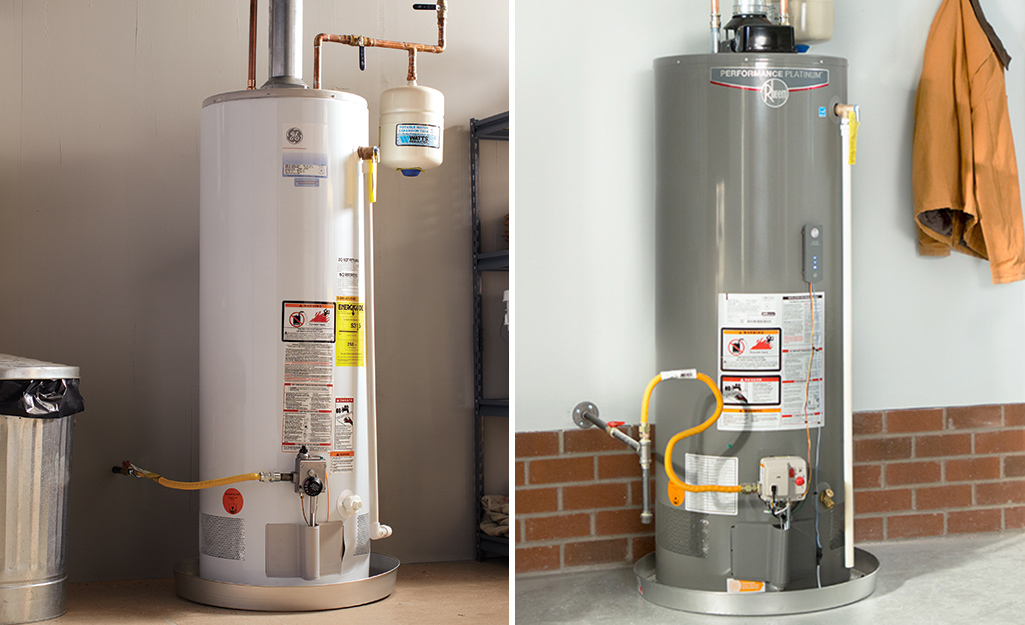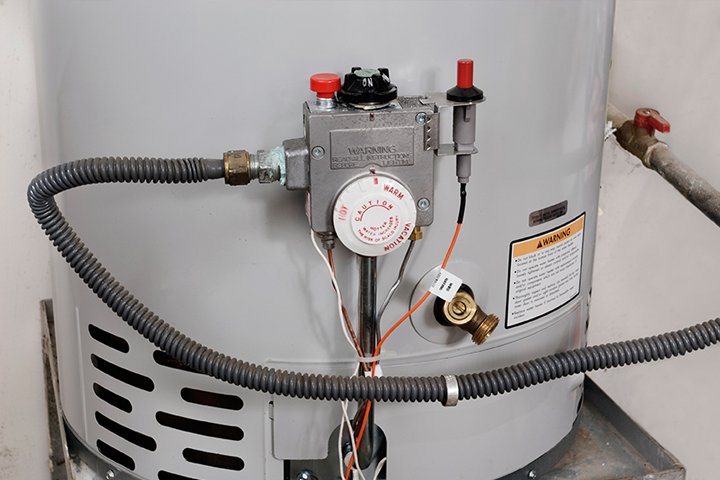Fast and Reliable Pipe Repair to Resolve Leaks and Reestablish Functionality
Fast and Reliable Pipe Repair to Resolve Leaks and Reestablish Functionality
Blog Article
Full Overview to Water Heating UnitInstallation and Substitute
Comprehending the intricacies of water heating system setup and substitute is essential for home owners looking for to make certain effectiveness and dependability in their hot water supply. From selecting the appropriate type and dimension to implementing a seamless installation procedure, several elements have to be thought about to stay clear of typical mistakes.
Kinds Of Hot Water Heater
When considering water heating unit setup and replacement, it is important to comprehend the various kinds of hot water heater readily available in the marketplace. One of the most typical types include container water heating units, tankless hot water heater, warmth pump water heaters, and solar water heaters.
Tank water heating units are typical systems that keep a specific quantity of warm water, making them conveniently available when required. In contrast, tankless water heating units offer warm water on need, removing the requirement for storage.
Heatpump water heating systems utilize electrical power to move warm from the air or ground to warmth water, providing considerable power financial savings yet requiring more area and particular installation conditions. Solar water heating units harness solar power to warmth water, giving a green alternative with possible long-lasting expense financial savings, although they commonly call for a backup system for gloomy days.
Recognizing these options guarantees notified choices regarding setup and replacement, dealing with details requirements and preferences.
Choosing the Right Size
Choosing the appropriate size for a hot water heater is important to guarantee optimum performance and effectiveness. A system that is also tiny will certainly struggle to satisfy home needs, resulting in inconsistent hot water accessibility and raised power usage. On the other hand, a large hot water heater can result in unnecessary power waste and higher energy expenses.
To determine the best size, take into consideration the household's peak hot water use. This can be calculated based on the variety of passengers and their regular warm water demands. For instance, a family of four may require a water heating system with a capability of 50 to 80 gallons, relying on the usage patterns, such as simultaneous showers and washing.
Furthermore, examine the healing price, which gauges just how rapidly a heater can renew warm water after it has been used. For tankless designs, emphasis on the flow price, gauged in gallons per min (GPM), to guarantee it satisfies the home's synchronised need.

Setup Process Introduction

Next, the old unit needs to be detached and gotten rid of, making sure to follow local codes and policies pertaining to disposal. When the old device is out, the new hot water heater can be positioned in location. This action includes connecting the water supply lines, making over here sure that all installations are leak-free and safe.
After developing water links, it's important to link the power supply, whether electrical or gas, following the maker's instructions thoroughly. When all links are made, the system must be full of water, and the power can be turned back on. It's crucial to inspect for leaks and ensure the water heating unit is operating appropriately prior to finishing the setup process.
Common Installment Blunders

One more frequent blunder is ignoring to adhere to local codes and regulations. Stopping working to adhere to these requirements can not just result in safety and security hazards however might likewise lead to pricey fines or the demand for expensive reinstallation. Furthermore, incorrect venting is a critical problem. Inadequate ventilation can create unsafe gas buildup, presenting serious health and wellness threats.
Incorrect plumbing links are also a widespread blunder. Falling short to protect connections or using the wrong kind of fittings can result in leaks and water damages. Overlooking the value of a correct drainpipe pan can result in considerable water damages if leakages do occur. Poor insulation of pipelines can lead to warmth loss, minimizing effectiveness. By preventing these usual installment blunders, house owners can ensure their water heater runs securely and efficiently, maximizing efficiency and longevity.
Upkeep Tips for Longevity
Appropriate upkeep of a water heating system is crucial for its durability and optimum efficiency. Routine inspections and maintenance can protect against costly repairs and prolong the appliance's lifespan. Begin by checking the temperature level setup; it should typically be set between 120 ° F and 140 ° F for optimal power effectiveness and security.
Every 6 months, flush the container to remove sediment build-up, which can hinder heating performance and trigger rust. To do this, transform off the heater, attach a hose to the drain valve, and let the water run till it is clear.
When they are worn away,Anode rods must be inspected yearly this page and changed. These poles aid protect against tank rust by drawing in harsh aspects in the water.
Furthermore, check the stress safety valve regularly to ensure it is operating properly. This shutoff is vital for stopping too much pressure accumulation within the storage tank.
Last but not least, consider scheduling an expert upkeep check every couple of years for complete evaluations and maintenance. By sticking to these upkeep pointers, house i thought about this owners can substantially boost the performance, security, and life-span of their water heating units, guaranteeing dependable warm water for many years ahead.
Verdict
In conclusion, appropriate installment and upkeep of water heating systems are important for guaranteeing performance and longevity. By recognizing these necessary facets, home owners can achieve a trustworthy hot water supply while decreasing potential concerns associated to water heater procedure.
Recognizing the intricacies of water heater setup and replacement is crucial for house owners looking for to make sure efficiency and integrity in their warm water supply.Tank water heating units are conventional systems that store a certain quantity of hot water, making them easily available when required. In comparison, tankless water heating systems supply warm water on demand, removing the need for storage space. Selecting a water heating unit that is either as well small or as well huge can lead to inadequacies, resulting in inadequate hot water supply or too much power usage.
By recognizing these crucial aspects, house owners can attain a trusted warm water supply while lessening prospective concerns connected to water heater operation. plumber Denton.
Report this page